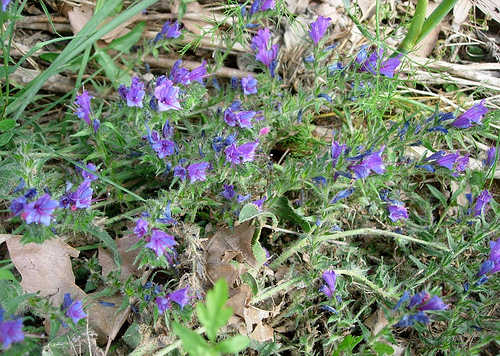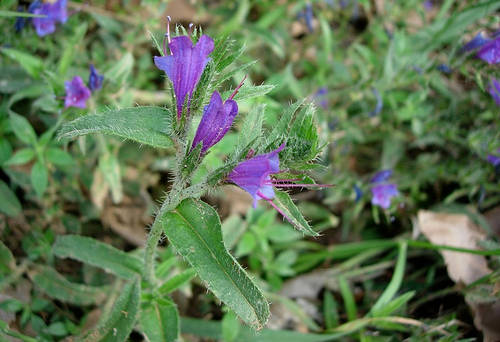
Welcome to another weekly edition of the a-z of plants that are dangerous to your horse. Today’s plant is one with a fabulous name & this is one plant that actually looks toxic in many ways. The name Viper’s Bugloss pretty much says it all, anything named after a viper is probably not going to be good eating.
A Little About Viper’s Bugloss
Echium plantagineum is also called Salvation Jane, Patterson’s Curse, Tower of Jewels & Viper’s Bugloss. This is a biennial or triennial plant with a tapering stem which grows up to thirteen feet tall. Leaves are silver/ green, lanceolate & curling with irritating hairs. Flowers are rose/ purple/ blue & grow in spikes.
How Dangerous Is It?
This plant is unpalatable to horses & generally only a concern during drought conditions. However, the hairs that cover the plant can cause severe inflammation when they come into contact with skin. This plant can also be incorporated into hay, so feed should be regularly checked.
The tiny hairs that cover the stem & leaves of this plant are toxic & can be fatal to equines.

What To Look For
You know your animal the best, so you should know when something is amiss. Viper’s Bugloss toxicity symptoms include loss of appetite, weakness, yawning, loss of coordination, jaundice of mucous membranes, aimless walking, chewing motions, gastrointestinal upset & tremors.
Learn More
Be sure to check out the Viper’s Bugloss page to learn more about the plant & while you are at it why not check out more toxic plants?
*It should be noted that we’re not veterinarians. This information is written specifically for horses & should be used for reference purposes only. If you think your horse has eaten something toxic call your vet right away.
